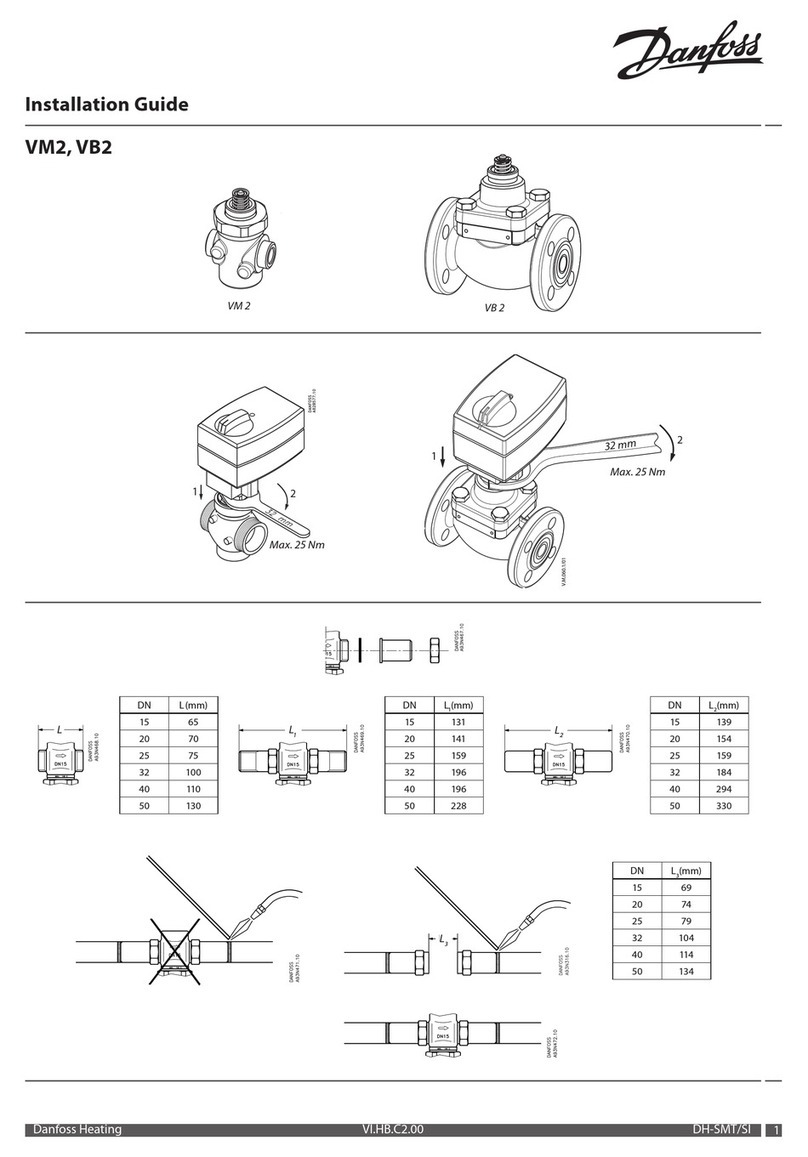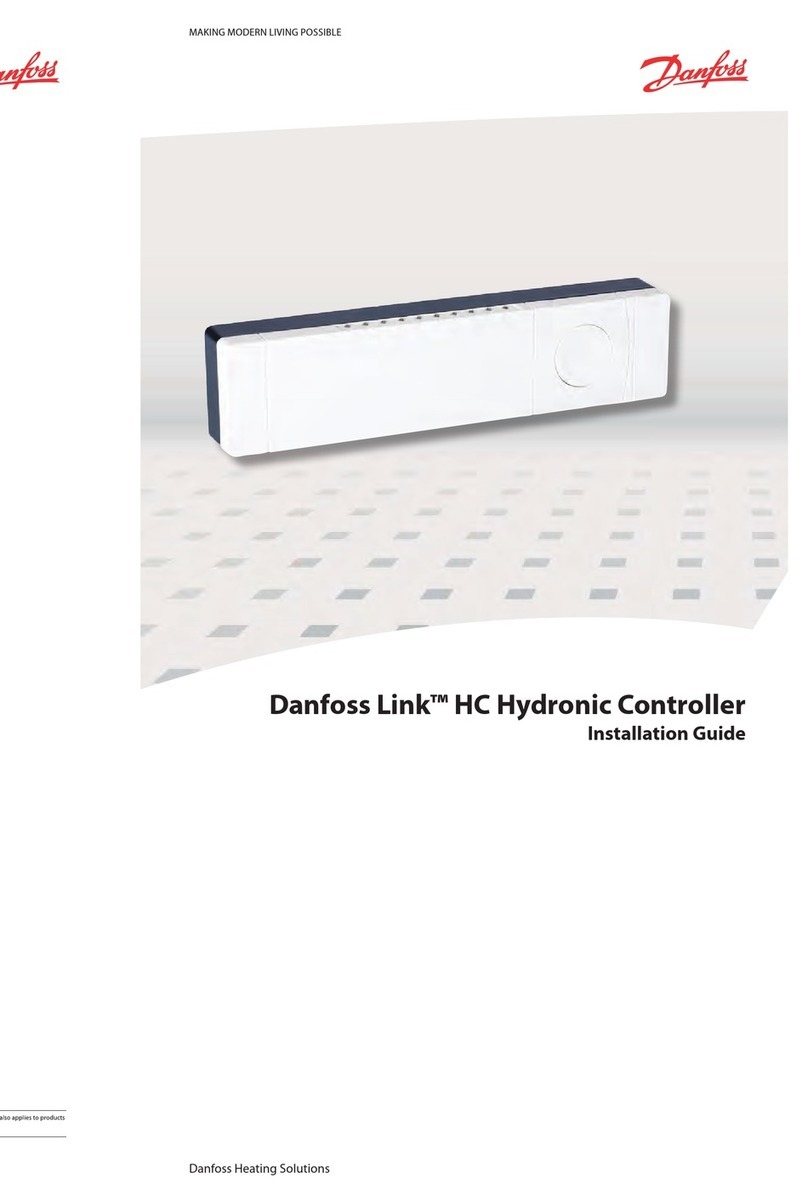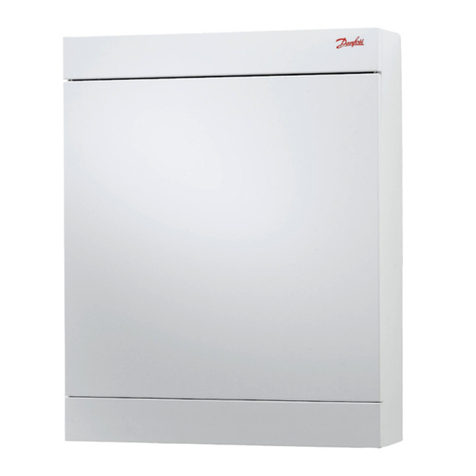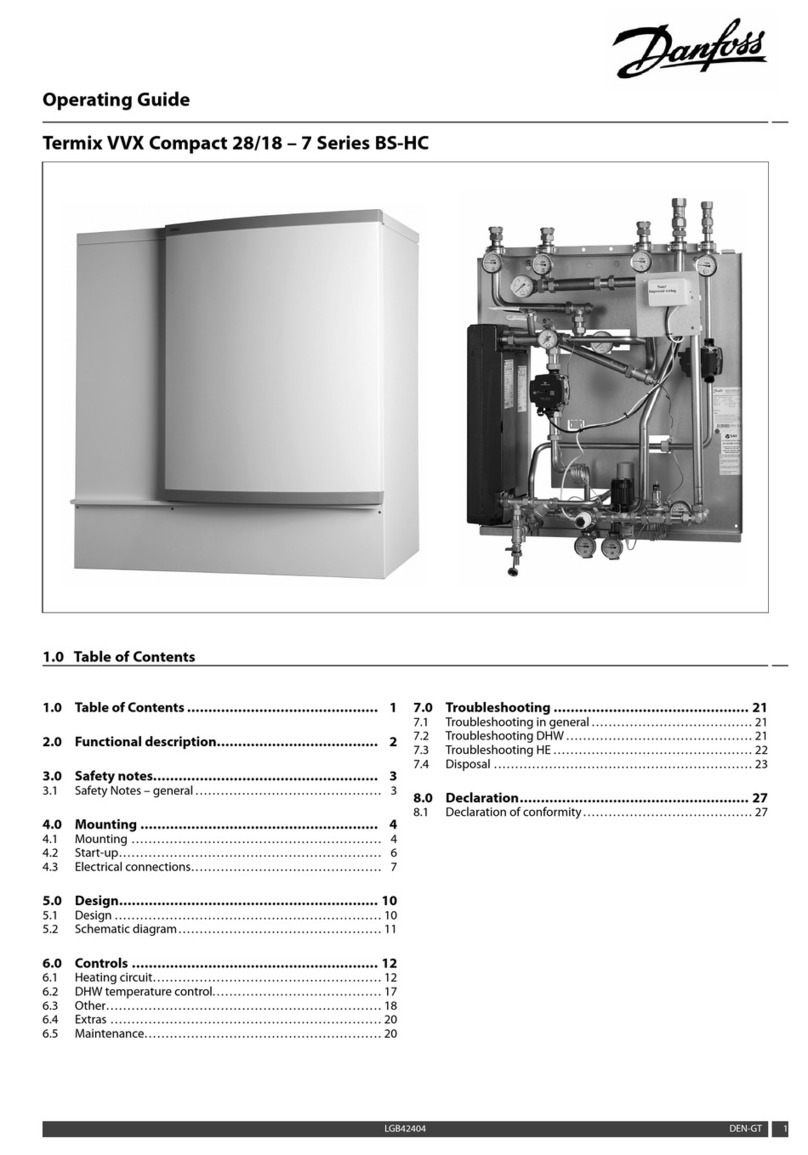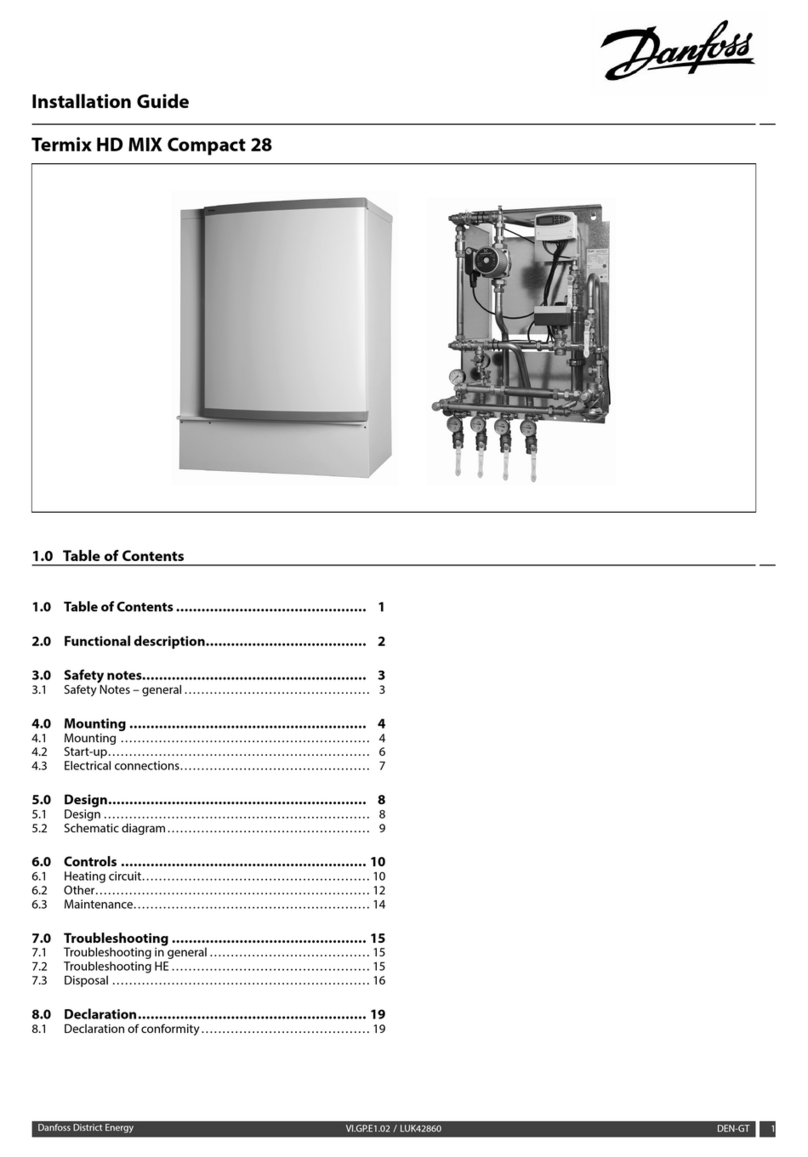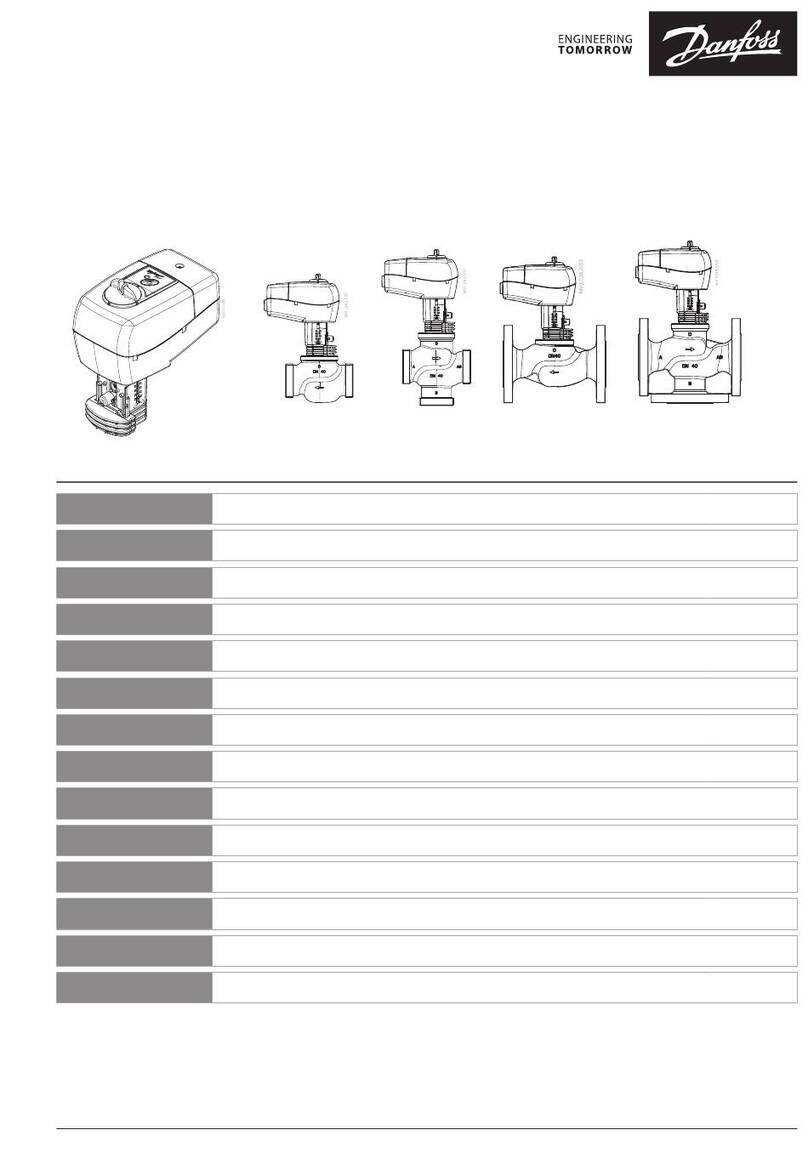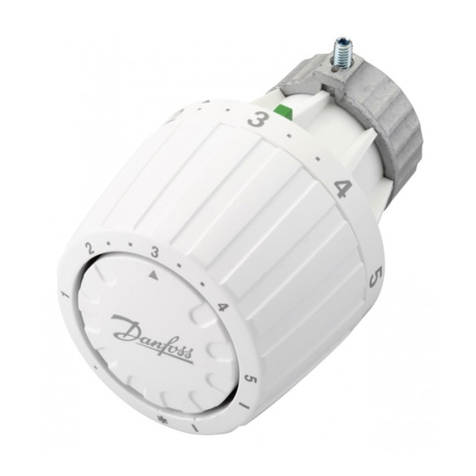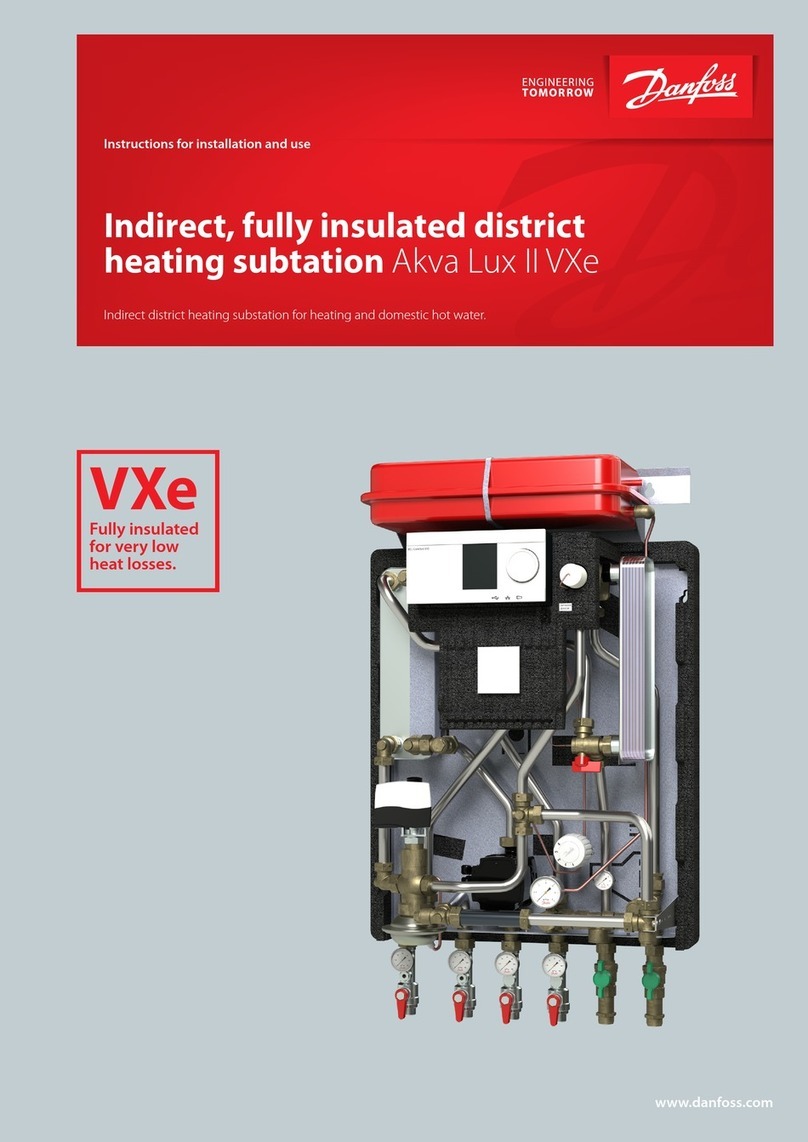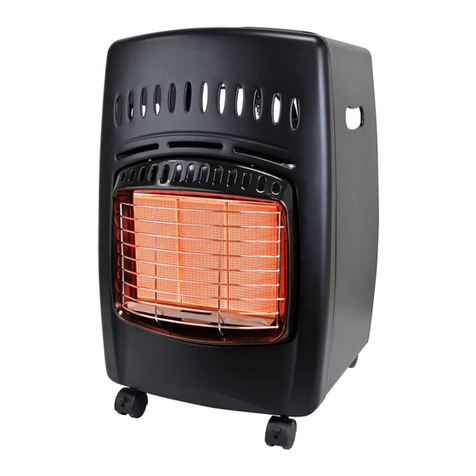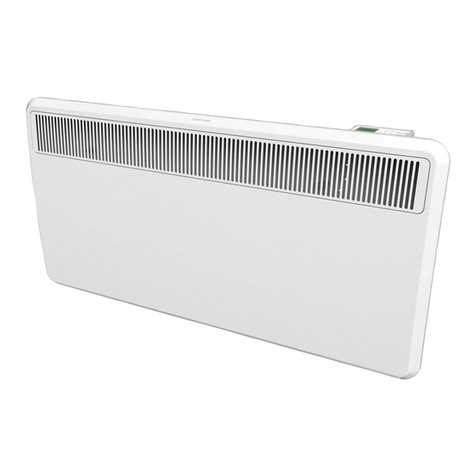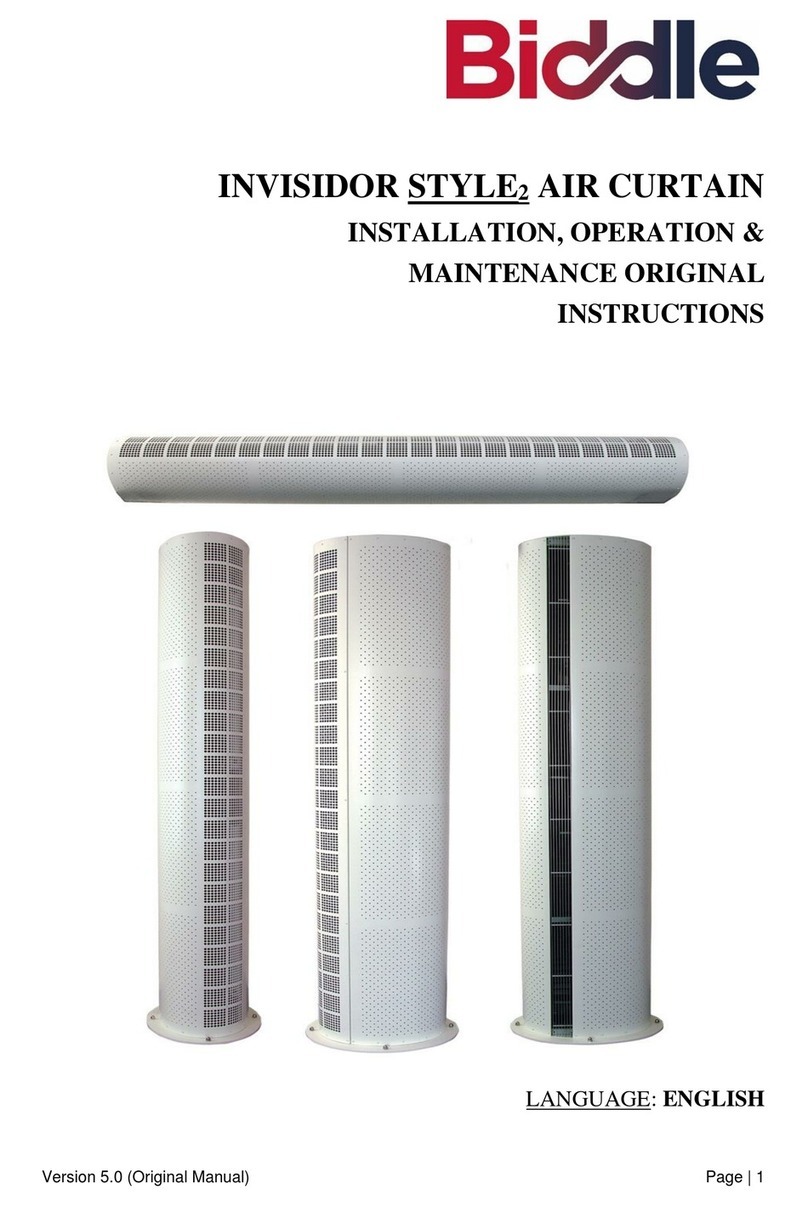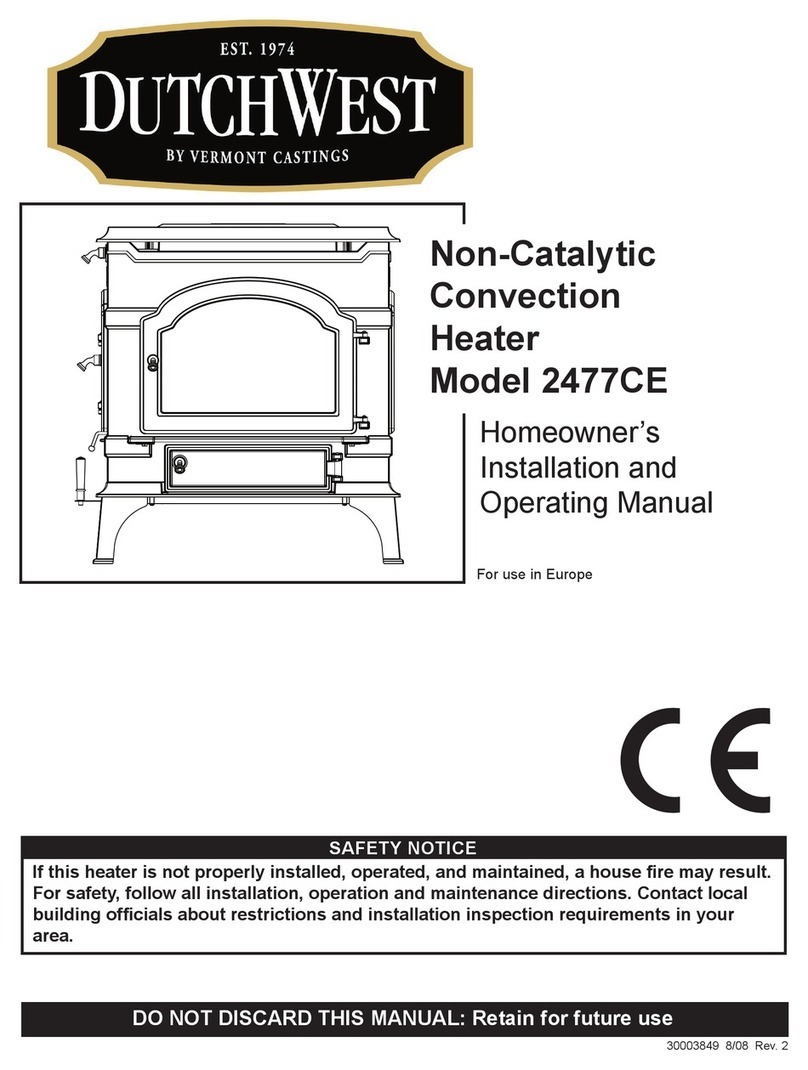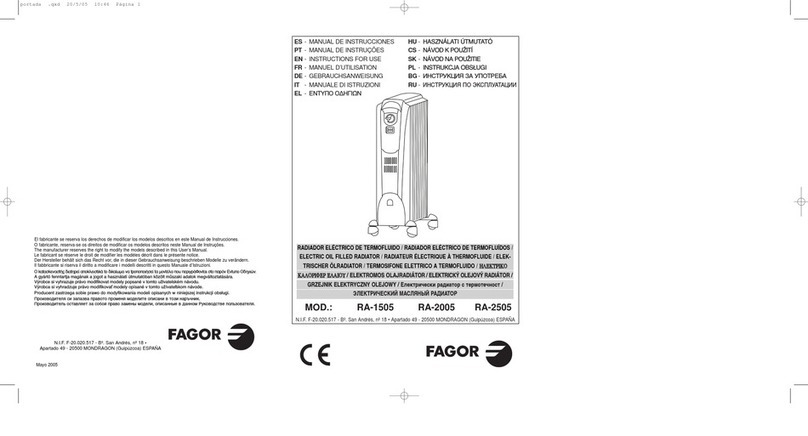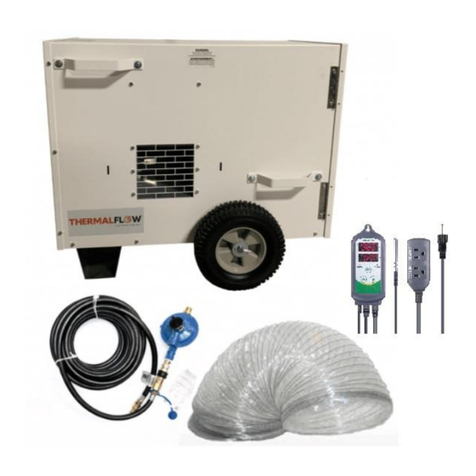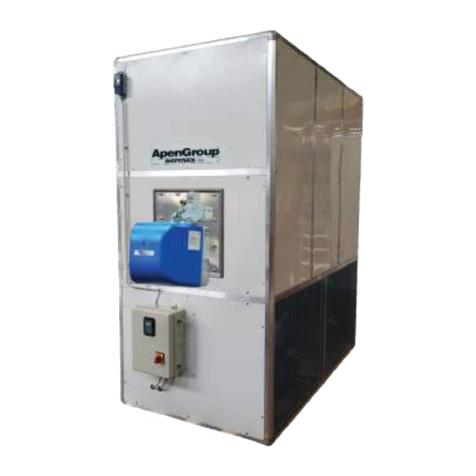Convec InLine Panel
InLine is a compact comfort panel that can be used for both
heating and cooling applications in buildings. This product
sheet only covers InLine in heating applications. Please con-
tact Danfoss for advice on InLine in cooling applications.
Applications
Aesthetics and comfort are the keywords for InLine comfort
panels. The discreet panels enable you to create a room
with harmony and balance regardless of the building style
and purpose. InLine panels can be used both as a primary
source of heating or be used in combination with other
heat emitters, e.g. floor heating.
Technical information
InLine panels are built around two finned pipes, which
conduct heated water around the panel. A fan creates an
airstream along two of the finned pipes and transfers heat
to the air in the room.
Unlike tradional flow control, the InLine panel’s power is
controlled by adjusting the fan speed.
InLine can be used in district heating, oil/gas boilers,
heating pumps or similar systems.
Flexible installation
InLine panels are primarily developed for installing in a 90°
corner between two surfaces, e.g. wall/wall, wall/ceiling,
column/wall or similar. Other possibilities could be placing
the panel above or below cable trays or two panels “back to
back” thus forming a half circle.
The Inline panel can also, based on it’s compact dimensions
be integrated into building components.
Consistant performance
As InLine panels operate at the same average temperature
difference along the entire length of the panel, the heating
effect will be uniform over the panel’s entire length.
Product Description
Dimensions
The cross section of a InLine panel is 81 x 81 mm.
Panels can be supplied in lengths of up to 3500 mm (tole-
rance +/-2 mm).
Several panels can be built together creating a up to 15 m
long panel.
Controls
Room temperature is controlled by manually adjusting the
CHR room thermostat to the desired temperature. Alterna-
tively, a 0-10 V signal from e.g. a BMS unit can be send a to
the panel’s motor control.
The thermostat monitors the room temperature constantly
and immediately sends a signal to the panel’s motor con-
trol if the room temperatureis outside the set temperature.
Forced convection
The Convec comfort panels are based on forced convection,
which transmits heat directly into the air in the room.
Traditional heating systems have to first warm up building
sections and their own mass before heat is transferred to
the room air.
Convec comfort panels works in the opposite way: first, the
air in the room is heated and then, the heat is transmitted
to building sections and furniture, etc.
The use of forced convection means that the panels can
increase room temperature very quickly and will often be
able to change the room temperature by several degrees in
quite a short space of time.
Comfort
As the energy supply is quickly and constantly adjusted to
the desired room temperature, the InLine panels will offer
a very high degree of comfort whilst using no more energy
than necessary.
2 VD.YC.D2.02 © Danfoss 01/2006 CONVEC
